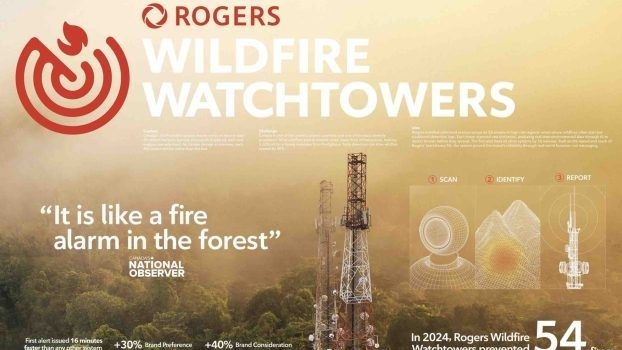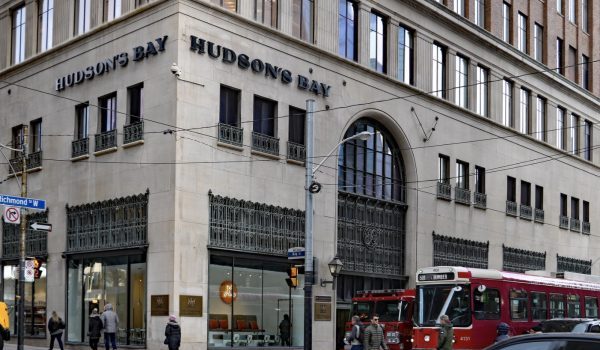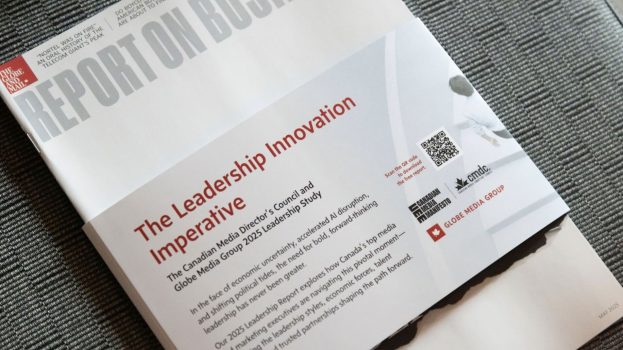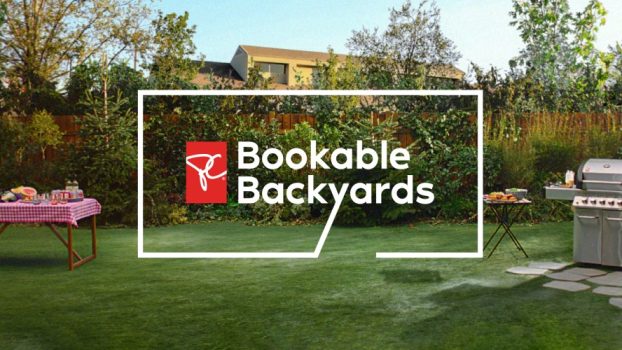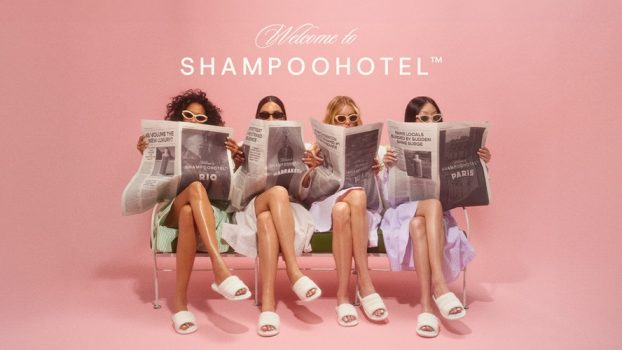September 11. SARS. $100 oil. This decade hasn’t been exactly free of turbulence for the airline industry, at home or abroad. With cancellations, fee hikes, baggage limits, arduous security procedures and more fees, consumer frustration reached a fever pitch that was well documented by the media.
We checked in with the market leader and a stylish new upstart to map out approaches for ’09.
AIR CANADA
The 14th largest airline in the world, Air Canada has been upping its game – with an interior makeover of its 198 mainline aircraft known as ‘Operation XM’ wrapping in 2009, priority security lanes for business travellers and one of the youngest fleets in North America – and has been reaping the rewards, with a nod from Business Traveller magazine as one of the continent’s best airlines. The new interiors have been showcased in TV ads as part of the brand’s Olympic sponsorship. Now, says VP marketing Charles McKee, the next hurdle is an overhaul of customer service touchpoints.
Weighing brand baggage
Iconic brands like Air Canada are saturated with history – and are hard pressed to find anyone who hasn’t interacted with the brand and doesn’t have an opinion about it. ‘There are different expectations that people imbue the Air Canada brand with,’ says McKee. ‘Some of those are very reasonable, and some are seemingly less reasonable, but overall it is absolutely clear that Air Canada means so many different things to so many different people, that this is a brand that is defined by its customers. In an industry where, quite frankly, it’s very easy to start a new airline, at the end of the day it’s the brand and its reputation which fully define the total proposition.’
‘This is a brand that’s superb in the air: their planes, their safety record, it’s all there. What Canadians appear to have an issue with is the warmth, the service culture. Because Air Canada was once a certain way – pillows, blankets and dinner – and now it isn’t that way, we’re aware of what changed.’ -Philippe Garneau, GWP Brand Engineering
Where’s the beef?
McKee sees the lack of predictability around market externalities such as currency fluctuations as the cause of performance issues. ‘The customer experience is something which the airline industry as a whole has rightly taken a pretty bum rap for. The industry has been trying to be a sustainably profitable business, and that has meant we have to go back and rethink all the promises that we used to make. If you look at old airline advertising, it was about who can out-steak the steak dinner. Fundamentally, the industry has had to build a different proposition, and that’s very hard for people to adjust to. Frankly, the airlines haven’t always gotten it right – the speed with which sometimes they’ve introduced changes or the way in which they’ve communicated those changes, haven’t been palatable for customers.’
‘These brands are not going to get through based on ads. They’re going to get through on word of mouth, because [when] the travel world forces people to sit there for two more hours than they expected, they start talking. And once it goes bad, spontaneous hostile focus groups spring up every single time somebody picks up a microphone in an airport.’ -Garneau
A new regimen
‘At the end of the day, it comes down to good user experience,’ says McKee, who counts ‘likelihood to recommend’ among his primary user-satisfaction measures. ‘We’ve built a great quality product which competes on both ends of the market, and our pricing structure is extremely focused on delivering to a variety of market segments. Some people might say, ‘They’re trying to be too many things to too many people,’ but that ignores the very fact that we carry 31 million customers a year. In this next phase of development, Air Canada is doing a lot of work around customer service development, raising the bar in terms of the interaction between our customers and our staff, our systems and policies.’
‘The big airline and all big products suffer a little bit from an inability to get personal. It doesn’t matter how many flights you offer daily, it’s what happens in terms of the brand experience that tells me that you’re going to do more for me than just let me leave at 7:30 in the morning. That’s where the internal branding is really your priority, where you begin inside and work outwards.’ -Ian Mirlin, Ignyte
PORTER AIRLINES
Last year, Toronto-based short-haul carrier Porter Airlines went international with flights to New York, and introduced its VIPorter loyalty program, which tagged almost 200,000 members in six months. It plans to double its fleet from eight to 16 (possibly 18) planes in ’09. The animated raccoon mascot, Mr. Porter, will continue to introduce the airline in advertising as routes and frequencies are added and Porter expands its target to include weekend travellers. We asked president and CEO Robert Deluce about the brand’s buzz, and if it can maintain momentum in this no-frills economy.
The challenger aesthetic
Porter was born in part as a response to the ‘à la carte’ model that cash-strapped airlines were serving up to the average traveller, says Deluce. ‘Our service is a bit of a throwback to earlier times when travel was more glamorous and a bit more fun, and we hear that all the time from our passengers. I think that’s reinforced by the brand itself – the uniforms, the pillbox hats – and we capitalize on that in our advertising. The raccoon is known to survive in the face of adversity, to be quite resilient and at the same time quite cheeky, and that probably reflects Porter to a great degree. What could be more Canadian than a raccoon? What could be more Torontonian, for that matter?’
‘What it’s got mostly is a sense of meaningful rebellion, because it’s got something to rebel against.’ -Mirlin
Fighting the recession blues
‘Premium’ is a concept that is often misconstrued as ‘expensive,’ says Deluce, who insists Porter’s positioning as a ‘premium short-haul carrier’ refers to the experience, rather than the cost – an important distinction when businesses are tightening travel budgets. ‘It isn’t always about the price of the ticket,’ he says, adding that Porter has only one passenger class. ‘Our traveller segment is very sophisticated; they are able to figure out it’s [also about] the complimentary extras, and the time savings involved [in flying out of the Toronto City Centre airport].’
‘It is a different aesthetic experience. The lounge, everything says you are now flying the cool airline, the one which will restore a modicum of sophistication and civilization, because travel has gotten so horrendous that this just redresses the balance. The fact that you can sit in a comfortable chair after having been strip searched is hardly a bonus, it’s really restitution.’ -Garneau
Getting the word out
While Deluce is confident that anyone who travels with Porter will become a convert, this focus on experience means that broader awareness will hinge on route expansion. ‘We will continue to focus on the same touchpoints that have worked well for us thus far: speed, convenience and service. The experience itself is always reinforcing the brand, and word of mouth is very valuable.’
‘If I’m measuring the entire population on a scale of one to 10 on those brands, Air Canada probably scores a seven, maybe Porter scores a five, because most people don’t even know they exist. But if I look at the group that Porter is targeting, Porter probably scores a nine, Air Canada stays a seven. No matter what Air Canada does with pricing, courteousness and so on, for the passenger who wants to travel from Ottawa into downtown Toronto, there’s really not a whole lot Air Canada can do.’ -Ken Wong, Queen’s School of Business
CATEGORY Rx
‘It is all about targeting, as it will be in most every category we look at for the next couple of years: whoever targets best wins most.’ -Ken Wong
‘To use Hannibal Lector’s phrase at the end of Silence of the Lambs, the world is a more interesting place with both of us in it. I think it’s a better country [with] a plurality of airlines, but I don’t want three doing the same things. I like the idea of range, I like that the consumer has choice.’ -Philippe Garneau
‘Operationalize your brand position. So if I get on the plane, somebody actually treats me with some degree of courtesy, service, just basic stuff. The airlines are cutting back all the time, but it doesn’t cost them anything to be courteous.’ -Ian Mirlin
Jump to:

